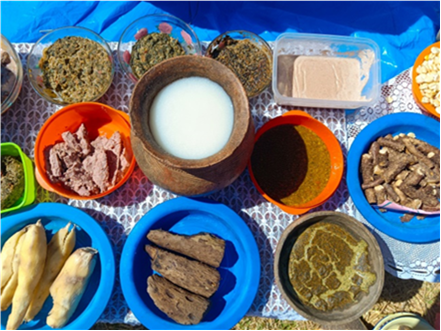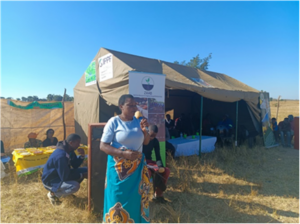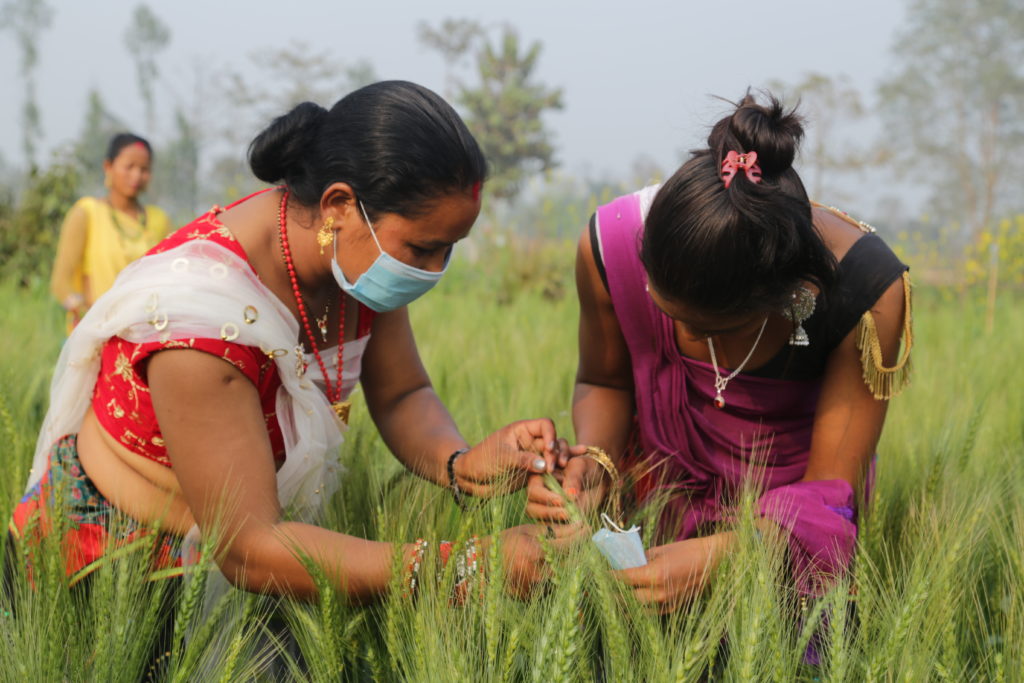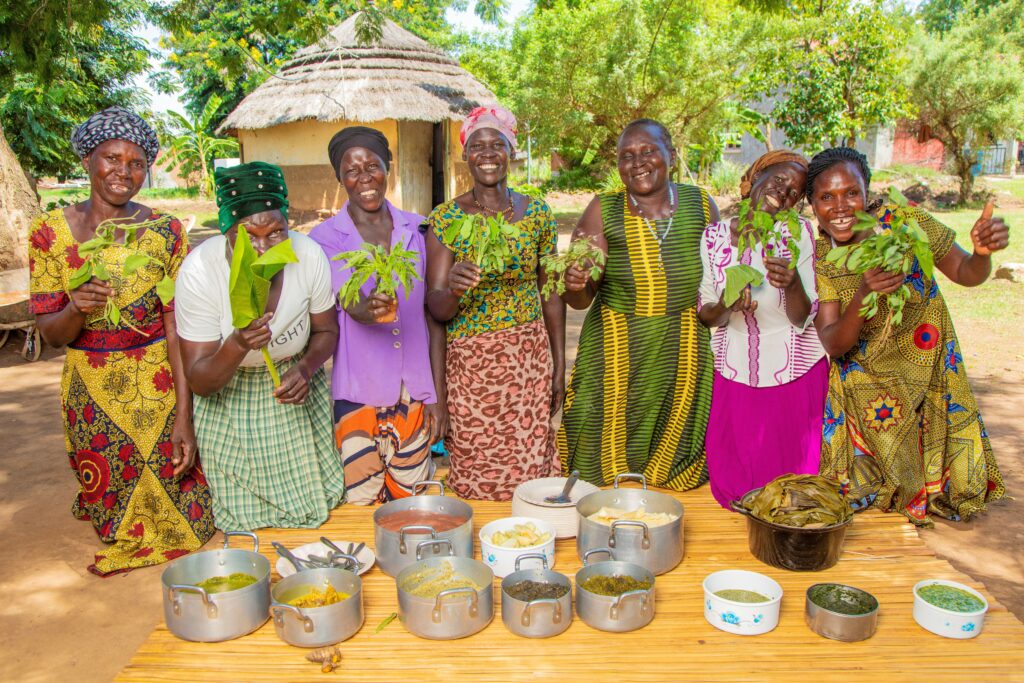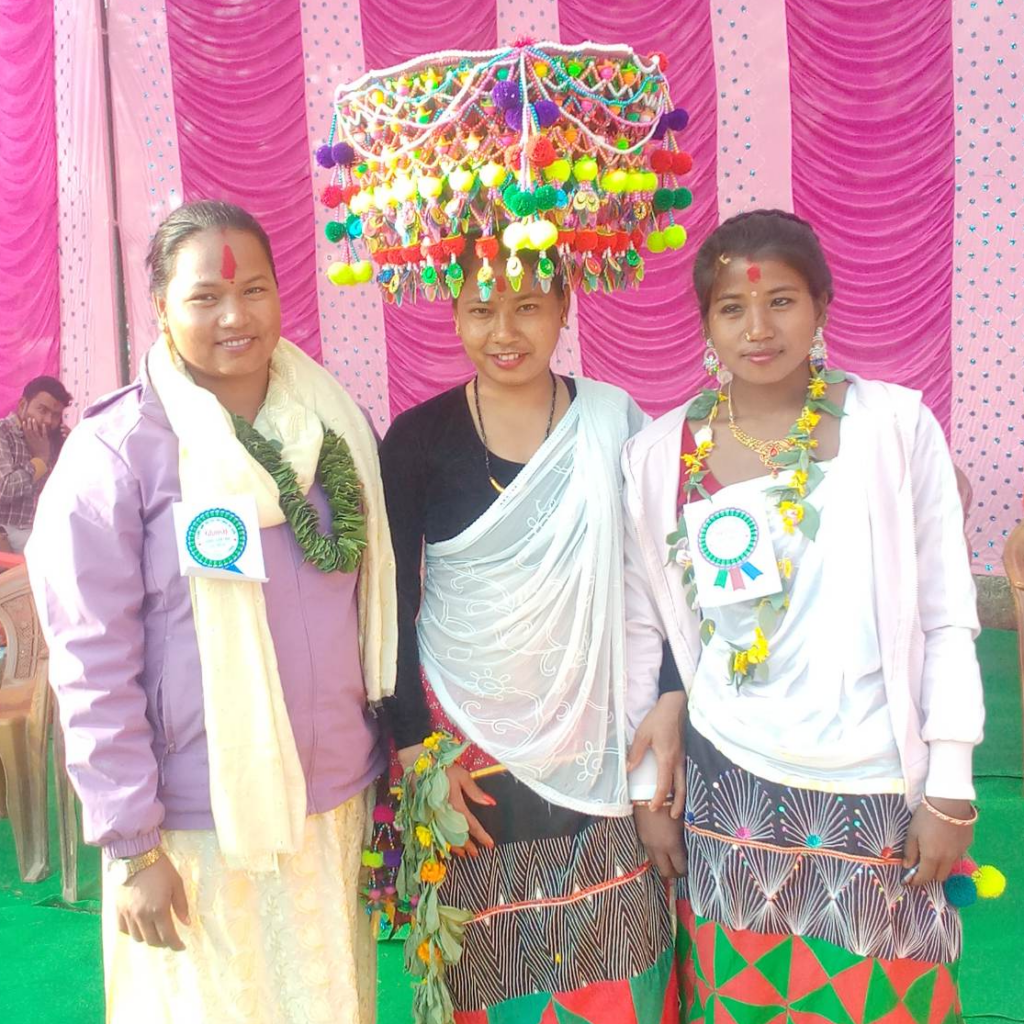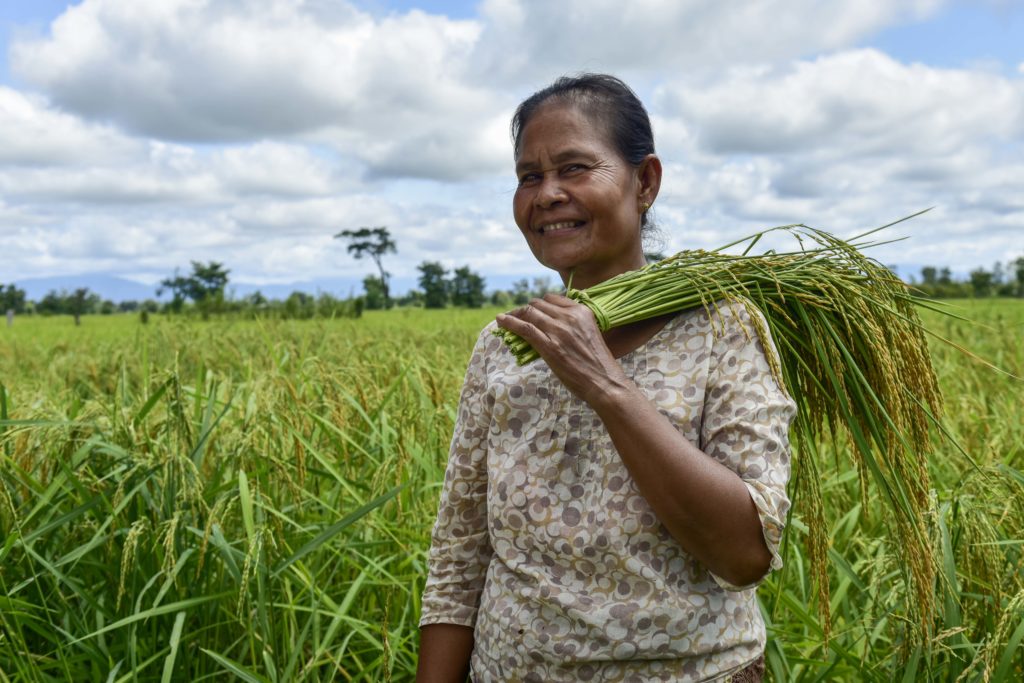By Juliet Nangamba and Diana Mapulanga
According to the USAID report on nutrition in Zambia, updated in 2018 indicates that 1.12 million children (40 per cent) under 5 years suffer from chronic malnutrition (stunting or low height-for-age) and 420,000 children (15 per cent) under 5 years suffer from acute malnutrition (wasting or low weight-for-height). Considering this background as context, the Sowing Diversity = Harvesting Security (SD=HS) programme in Zambia works with 38 Farmer Field Schools (FFS) on improving nutrition using local food plants. A total of 1,214 farmers of which 503 are women and 337 are youth are engaged in participatory research in nutrition with different research objectives including home gardening, food preparations, food preservations, sustainable harvesting, harvesting from the wild, sowing and domestication of local food plants and seed collection and multiplication.
The FFS identified some of the underlying causes of malnutrition for example; limited access to seed diversity, limited knowledge of nutrition, low productivity, poor hygiene, poor diets, under-valuing local food plants and poor cooking methods. Due to the limited number of crops that are being cultivated and ultimately consumed, the nutrition status in rural communities has been compromised; furthermore, local food plants have been neglected due to various reasons such as taste, colour and long process of food preparation.
During the diagnostic stages, the farmer field schools reported that women make the decisions on what to eat in the households while men are the most powerful household members to access food, and the children are the weakest members of the household to access food. This power imbalance in terms of food access explains why so many children in rural communities are threatened with malnutrition. However, due to programme implementation, communities are reporting equitable food distribution within households, ensuring that children who are still growing and pregnant women access adequate food and nutrition. The communities are reporting an increase in dietary diversity, reduced hunger months and fewer negative coping strategies such as selling assets during scarcity periods.
The programme and farmer field schools have been mobilizing and influencing to increase the consumption of local food plants for better nutrition. In July 2023 farmers organized food fairs that were themed “My food is African”. The food fairs were linked to the continental campaign (My Food is African) that was in collaboration with CTDT, Zambia Alliance for Agrobiodiversity (ZAAB) and Alliance for Food Sovereignty in Africa (AFSA). The campaign aims to mobilize the consumption of healthy and culturally appropriate diets and reconnect and recognize the value of the local food plants. The farmers showcased various local food plants and their production methods, cooking methods and their nutritional benefits as learnt in the nutrition FFS. A total of 1,243 farmers and 30 stakeholders including civil society organizations, Ministry of Agriculture, Ministry of Health, Local government Authority and traditional leaders participated in these events.

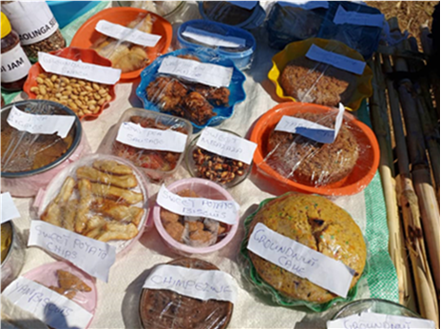
Local food plants are showcased in Chikankata and Rufunsa during food fairs themed “My food is African.”
Below are the voices of stakeholders supporting local food plants for nutrition
“We should increase the production of our local foods. When we have produced more, we should be able to consume more of these foods. These foods if well utilized have the potential to improve our nutrition. Over the years, we have seen a rise in the number of non-communicable diseases because of eating unhealthy food. Let’s get back to our local food; if we do that, we will have healthier communities. This knowledge must also be passed to our children”, Eunety Mweene.
Doreen Chimutafu is a youth farmer in Rufunsa who plants a diversity of crops at her farm. She encourages other farmers to not only end up cultivating local food plants but also think of how they can add value to their produce for income generation.
“Being a youth, I noticed that some of my fellow youths hated farming; I love farming different crops. It’s something that helped me better my life. I plant different crops including local food plants, but what I have discovered is that for us to improve our nutrition and generate income from these crops we should not only end up farming but also think of how we are going to add value. Value addition is more lucrative and provides a sustained livelihood.’’
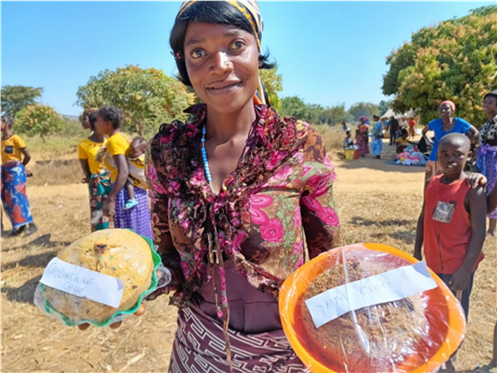
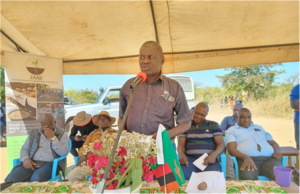 “I cannot go away from my heritage, we should not lose track of who we are as Africans. Our heritage is very rich. If we continue consuming our local foods, we will go back to our life span of 70-100 years. The change in global food systems is threatening our nutrition. Changing food systems and climate change are the more reasons we should be producing and consuming our local food plants to address the food and nutrition crisis. Producing and consuming local foods will enable us to have food and nutrition security at the household level,” said Richard Mabena, Rufunsa District Commissioner speaking at the food fair in Rufunsa district.
“I cannot go away from my heritage, we should not lose track of who we are as Africans. Our heritage is very rich. If we continue consuming our local foods, we will go back to our life span of 70-100 years. The change in global food systems is threatening our nutrition. Changing food systems and climate change are the more reasons we should be producing and consuming our local food plants to address the food and nutrition crisis. Producing and consuming local foods will enable us to have food and nutrition security at the household level,” said Richard Mabena, Rufunsa District Commissioner speaking at the food fair in Rufunsa district.
